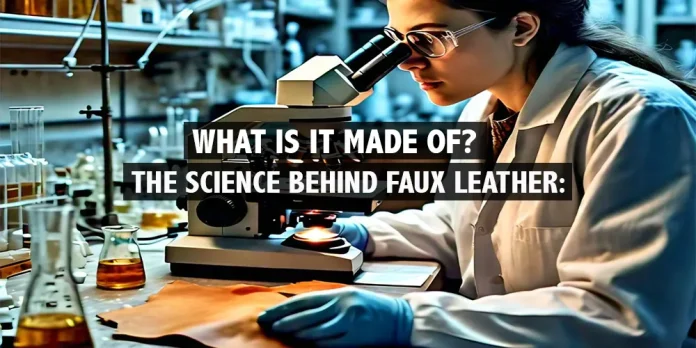The Science Behind Faux Leather: What Is It Made Of?
In recent years, faux leather has received popularity as a fashionable and sustainable opportunity for actual leather. But have you ever questioned what goes into growing this flexible fabric? In this blog, we’ll delve into the technological know-how in the back of fake leather-based, exploring its additives, manufacturing methods, and why it’s turned out to be this sort of compelling preference inside the fashion international.
What is Faux Leather?
Faux leather, also called artificial leather, is a person-made cloth designed to imitate the advent and experience of actual leather-based. Unlike actual leather-based, which is derived from animal hides, faux leather-based is created by the use of various synthetic materials. Its essential enchantment lies in its affordability, cruelty-loose nature, and customizable features.
Key Components of Faux Leather
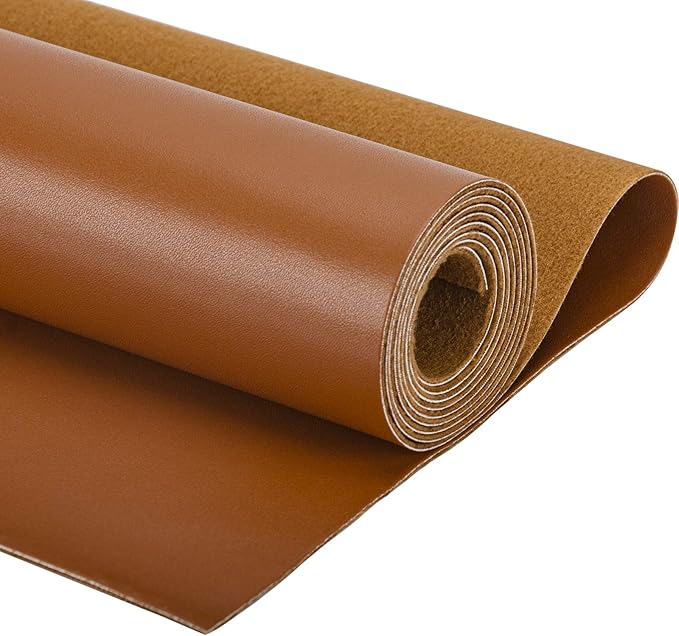
1. Base Material
The base of faux leather commonly includes a textile fabric that serves as the inspiration. This fabric is generally made from polyester or nylon, which affords a strong, flexible structure. The textile base is essential as it supports the artificial layers that deliver faux leather its extraordinary look and sense.
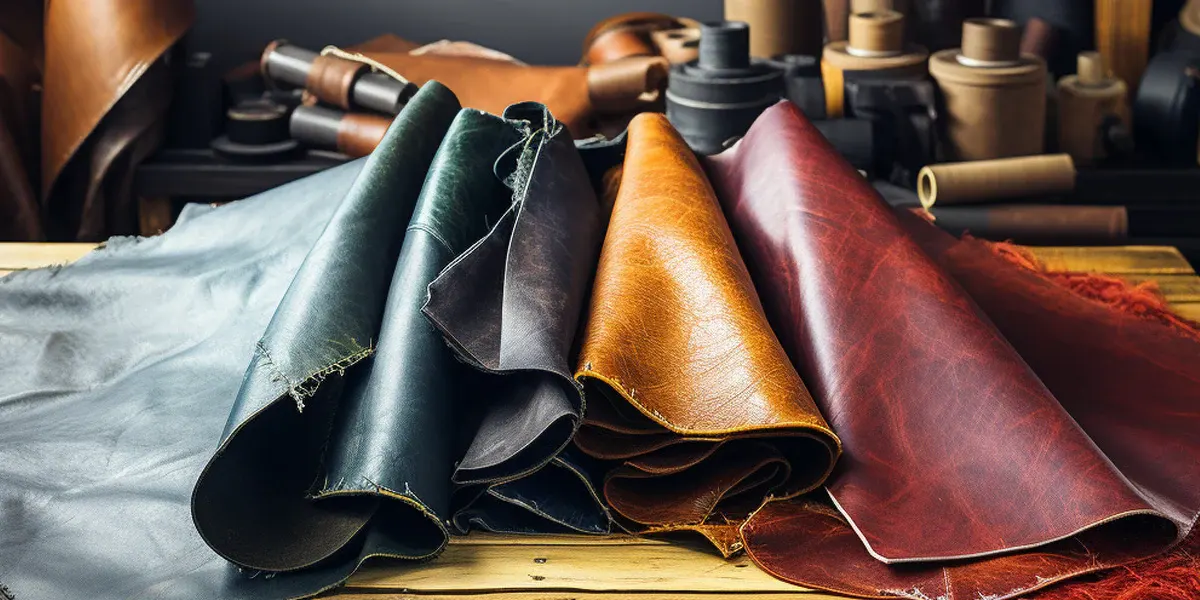
2. Polyurethane (PU)
Polyurethane, generally known as PU, is one of the maximum popular substances used in faux leather manufacturing. It is a kind of plastic polymer that is coated onto the fabric base to mimic the feel and look of real leather. PU leather-based is thought for its softness, durability, and ease of maintenance. It additionally permits a huge variety of finishes, from matte to glossy.
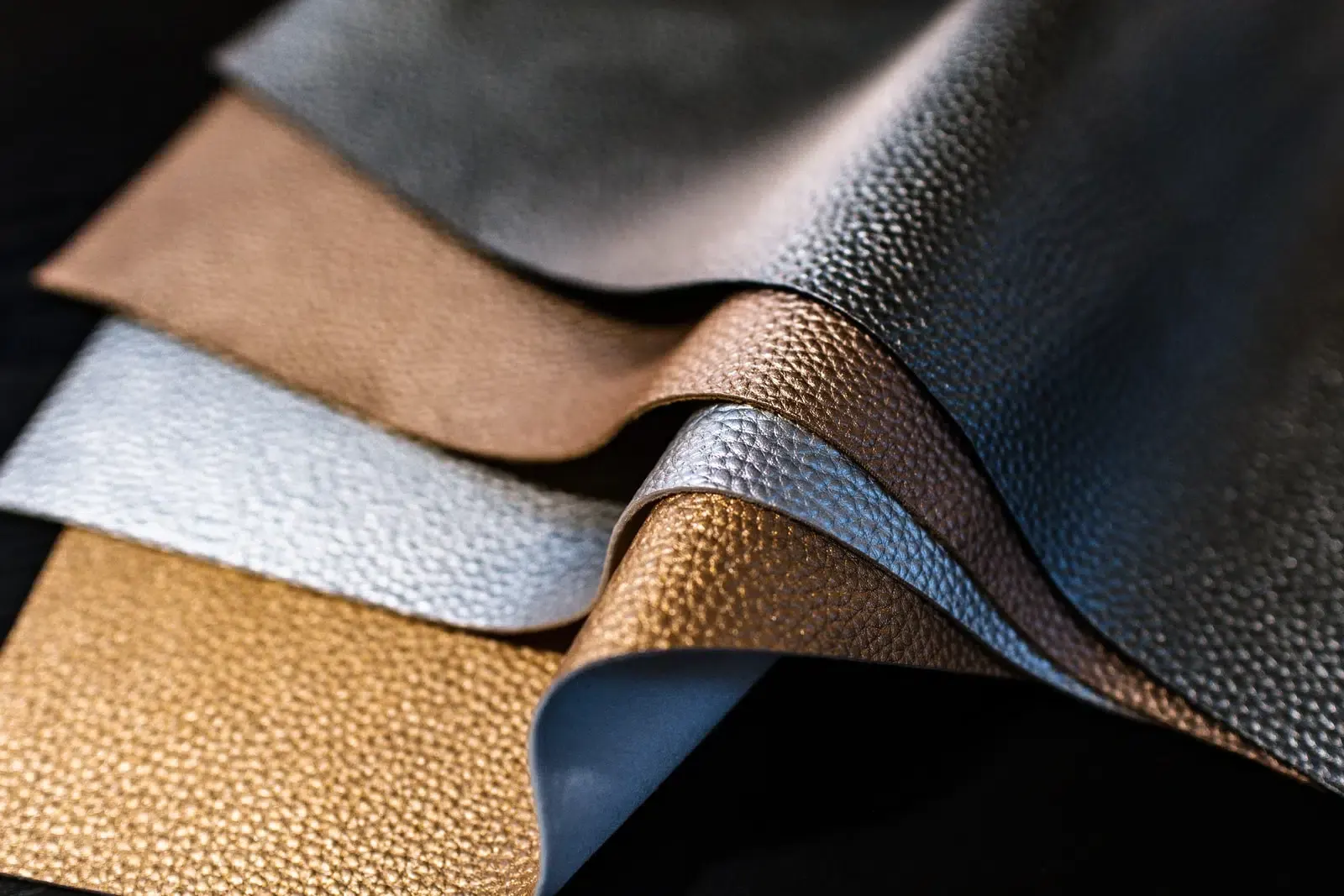
3. Polyvinyl Chloride (PVC)
Another commonplace aspect of faux leather is polyvinyl chloride or PVC. PVC faux leather-based is often less high priced than PU leather-based however is likewise less bendy and may feel stiffer. It’s covered with a plastic layer to create a water-resistant and sturdy floor. PVC leather-based is utilized in various applications, from style to upholstery.
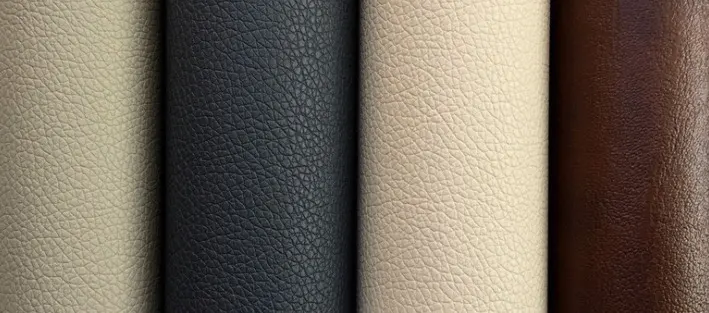
4. Microfiber
Some high-give-up faux leathers use microfiber, which is a mix of polyester and polyamide fibers. Microfiber faux leather is known for its breathability, softness, and durability. It closely resembles the texture of herbal leather and is frequently utilized in premium faux leather-based products.
The Manufacturing Process
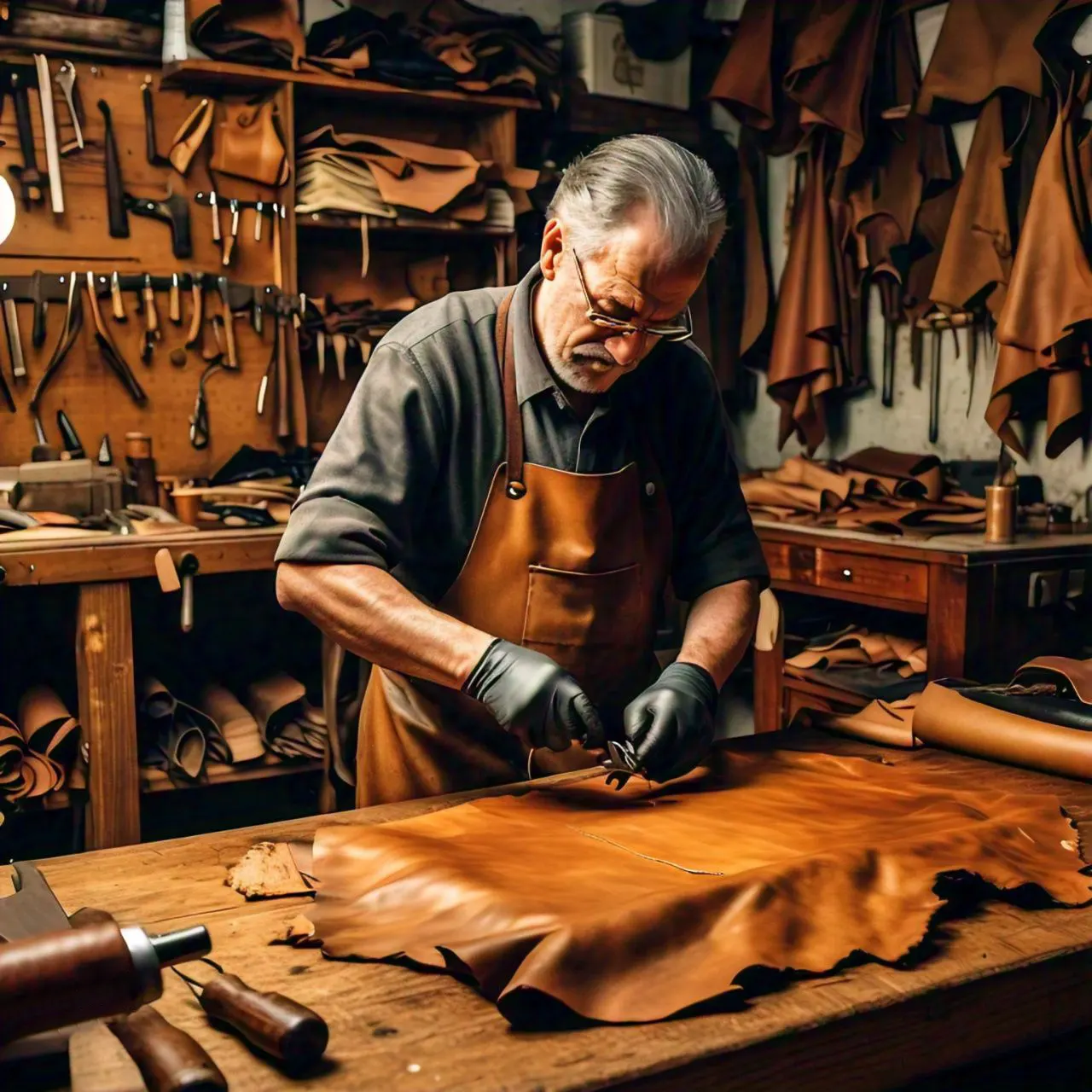
1. Preparation
The manufacturing system starts with getting ready the textile base. The fabric is cleaned, handled, and now and again coated with a primer to beautify adhesion with the synthetic materials.
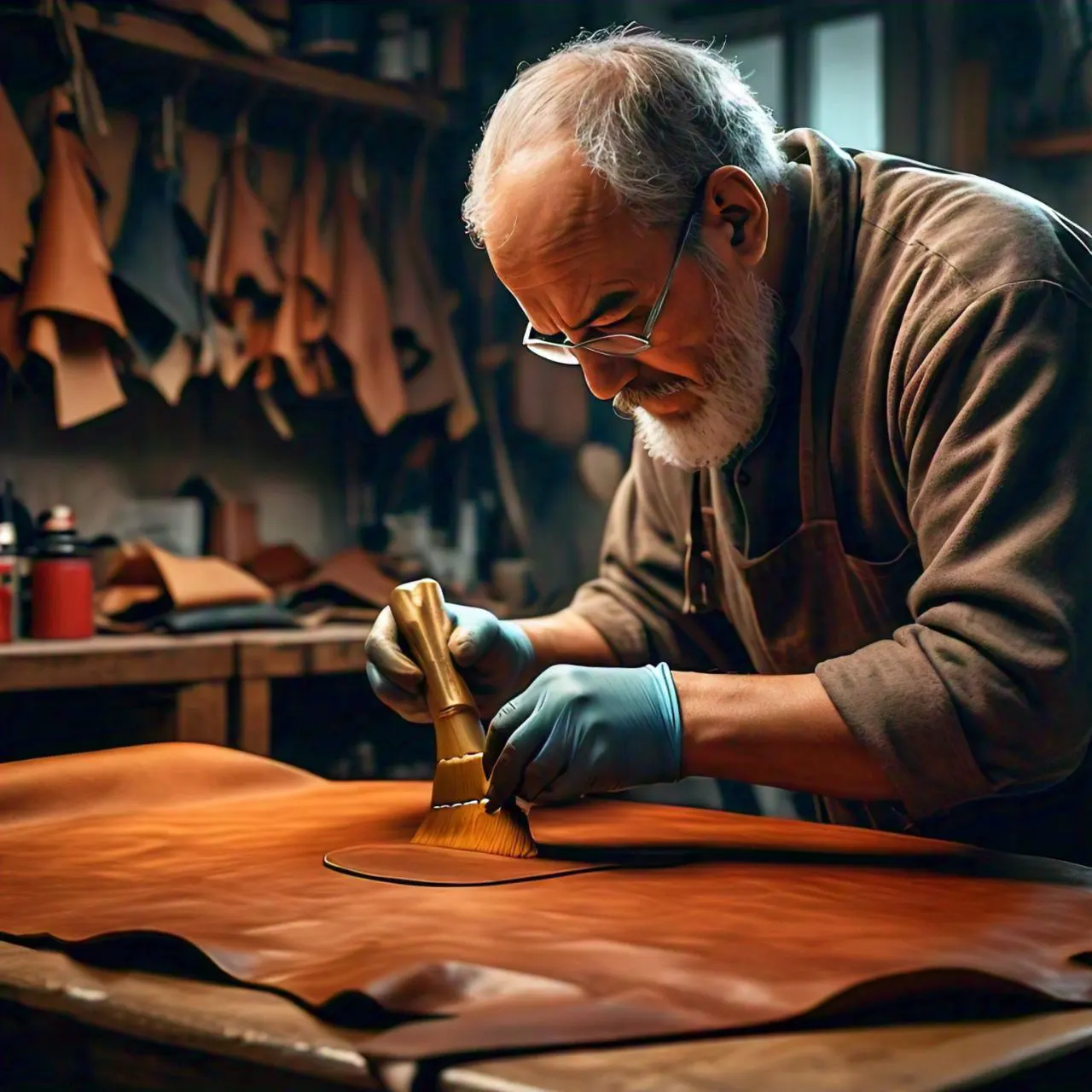
2. Coating
The next step involves making use of a layer of polyurethane or PVC to the fabric base. This is accomplished via various methods along with coating, laminating, or spraying. The synthetic material is heated and pressed onto the base fabric to create a uniform layer.
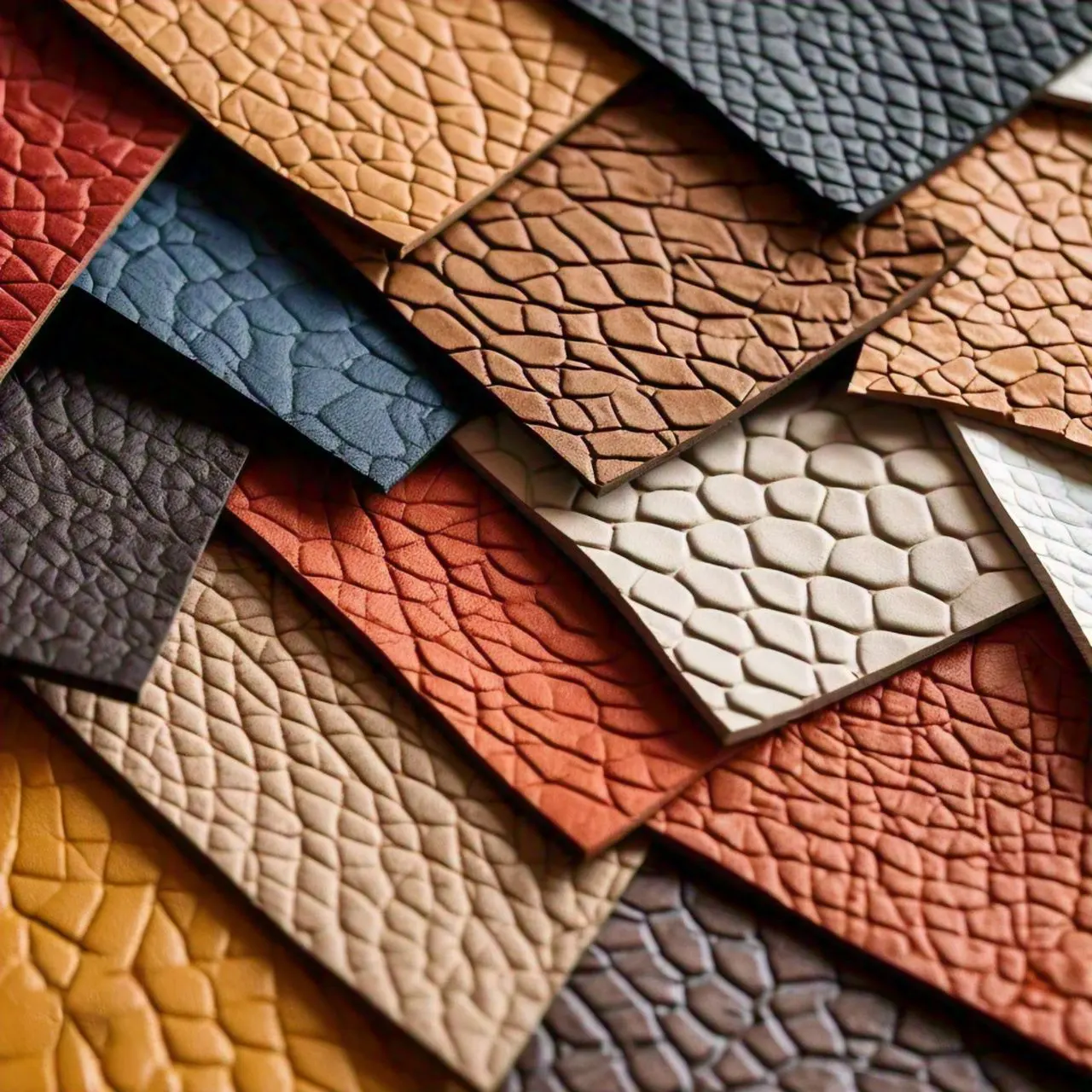
3. Texturing
To attain the desired texture and look, the lined fabric undergoes a texturing procedure. This can consist of embossing or printing patterns that reflect the grain of actual leather. The texturing system provides the authenticity of the faux leather-based.
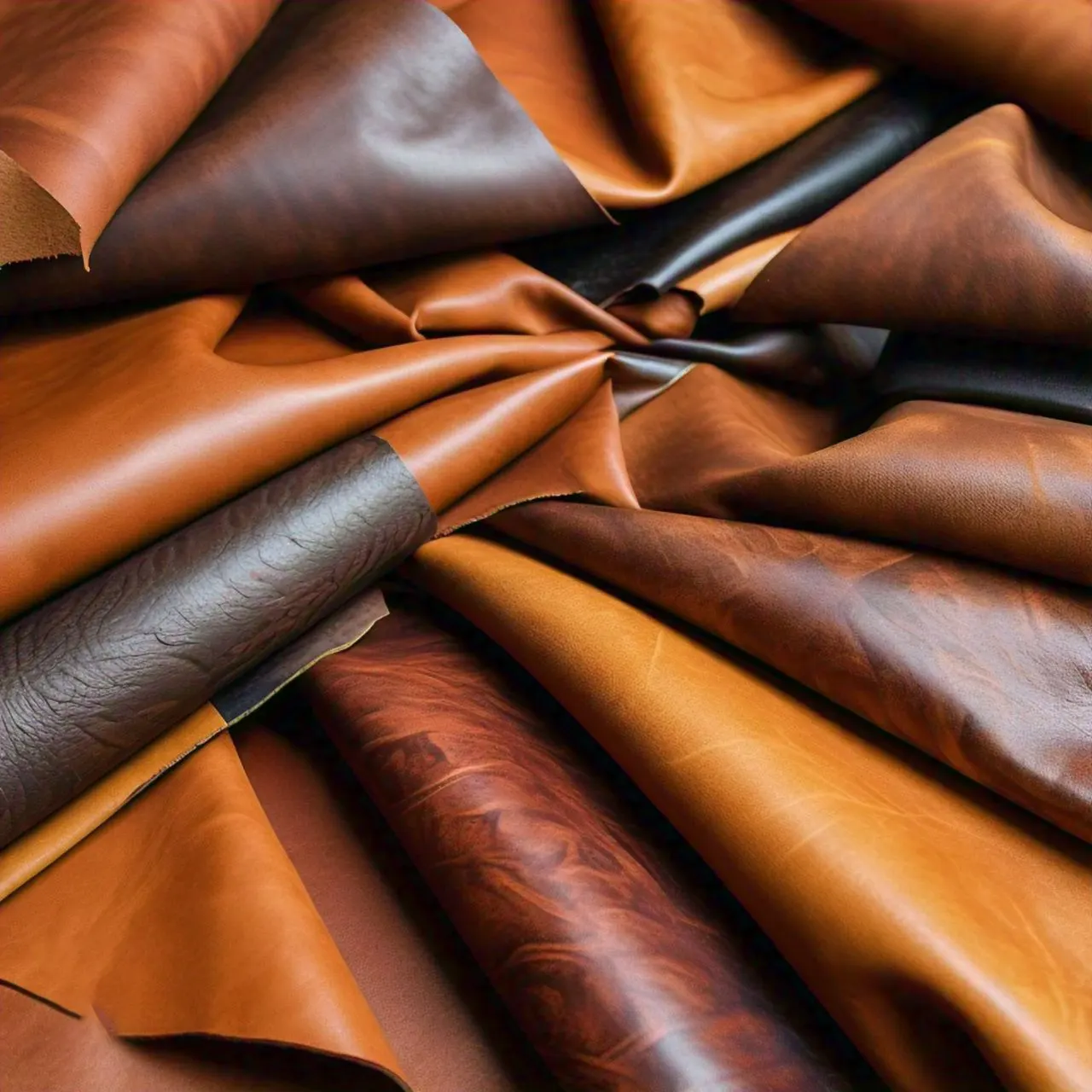
4. Finishing
After texturing, the faux leather-based is completed with extra treatments to beautify its properties. This may additionally encompass including a shielding coating, dyeing the fabric, or making use of a smooth or matte end. The completing procedure ensures the faux leather-based is each visually appealing and useful.
Benefits of Faux Leather
1. Sustainability
Faux leather offers a more environmentally friendly alternative to actual leather because it doesn’t contain the usage of animal hides. Many faux leathers are also crafted from recycled substances, contributing to an extra sustainable style enterprise.
2. Affordability
Faux leather-based is commonly cheaper than actual leather-based, making it accessible to a much broader variety of customers. This affordability permits a greater diversity of patterns and designs.
3. Customization
Faux leather may be produced in an extensive variety of colors, textures, and finishes. This versatility allows designers and customers to test with distinctive appears and styles.
4. Ease of Maintenance
Faux leather-based is simple to clean and maintain. It commonly requires only a simple wipe with a humid fabric, making it a practical preference for ordinary use.
Conclusion
Understanding the technological know-how in the back of faux leather-based well-known shows the complexity and craftsmanship concerned in growing this famous material. From the base fabrics to the artificial coatings and completing touches, faux leather is a testament to fashionable innovation in fashion. As sustainability and moral issues hold to form purchaser alternatives, faux leather stands out as a stylish and accountable choice for the ones in search of an alternative to conventional leather-based.


